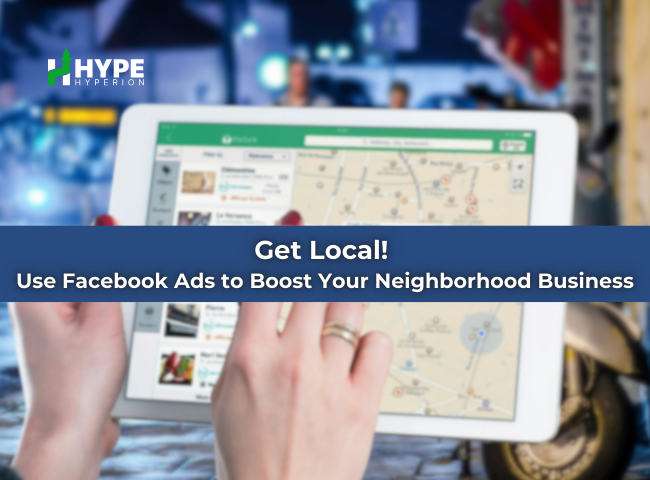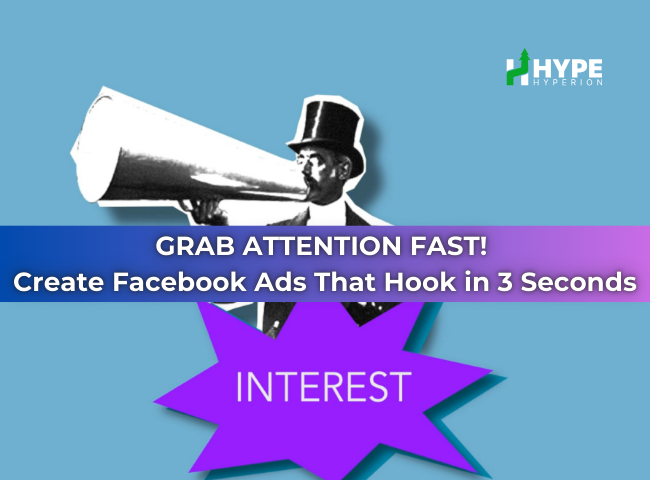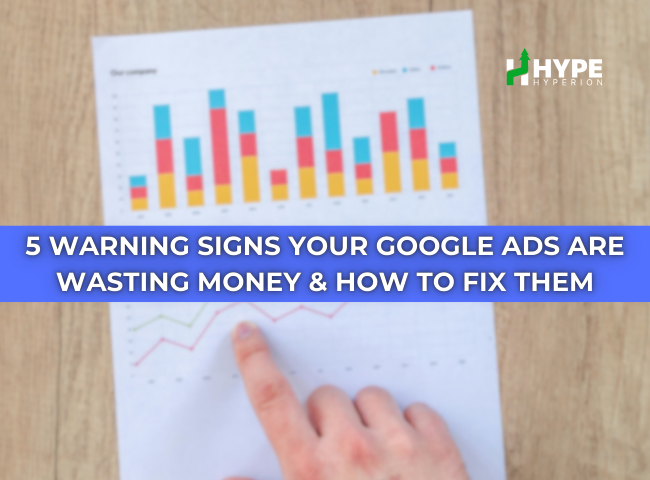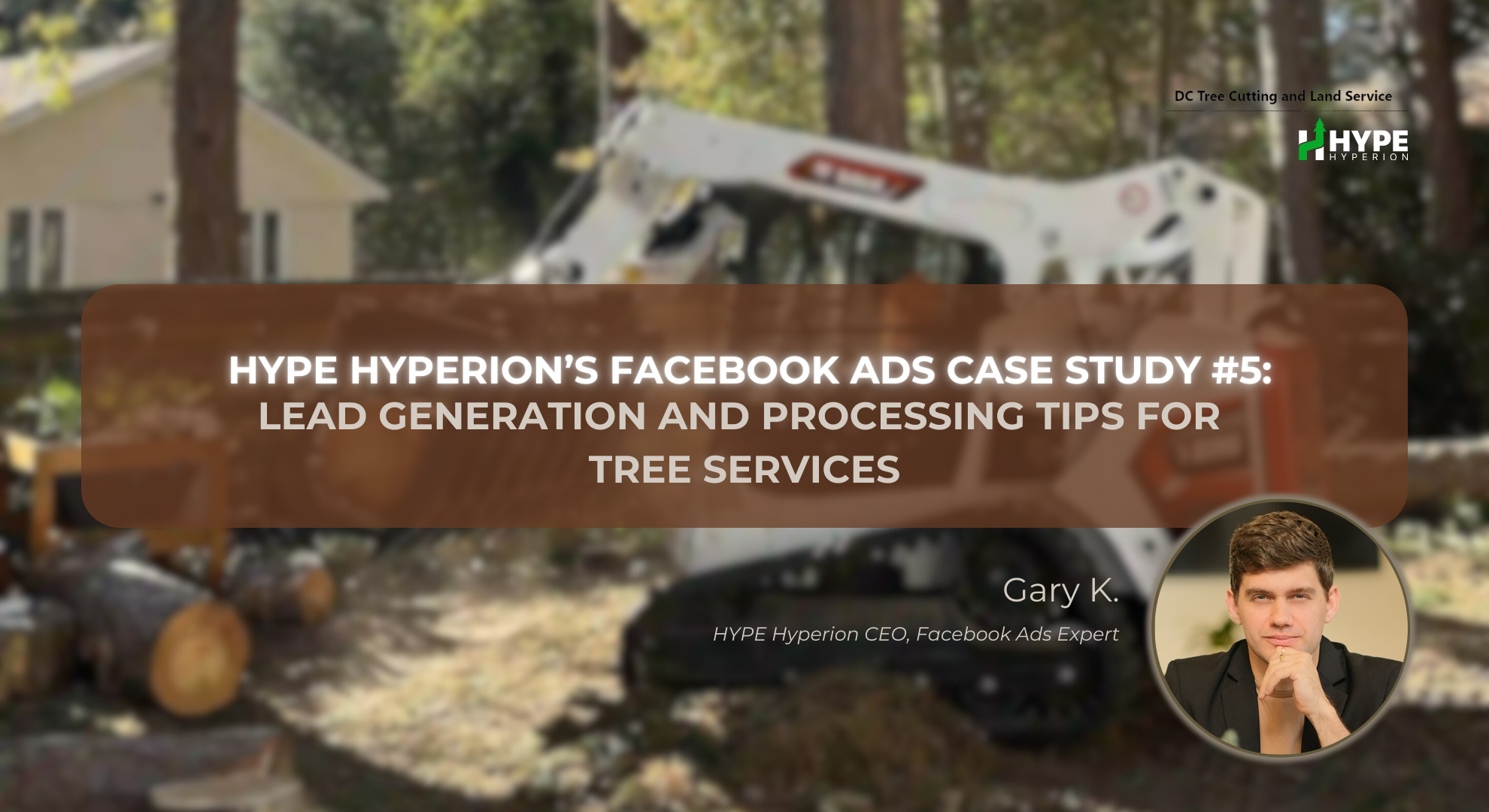Local Services & Facebook Ads: Boost Business in Your Area
In a time when consumers often turn to online searches to find local services, having a strong presence on social media has never been more crucial for neighborhood businesses. Facebook, with its precise targeting features, provides an effective way to reach people right in your community. By using location-based targeting, you can ensure your ads reach those who are most likely to visit your business. In this article, we’ll guide you through creating Facebook ads that cater specifically to local audiences, build brand loyalty, and drive real, measurable results for your business.
Why Local Targeting on Facebook Matters for Neighborhood Businesses
Facebook’s local targeting capabilities allow small businesses to focus their marketing efforts on specific geographic areas, ensuring they reach only relevant users. For small businesses serving a specific neighborhood, this feature is a game-changer—it not only increases ad efficiency but also maximizes return on investment (ROI) by putting your message in front of people who are more likely to engage.
Local targeting lets you define a specific radius around your business, from a few blocks to several miles, depending on the reach you want. This approach is especially useful for businesses like restaurants, fitness studios, salons, and other service-oriented shops that thrive on local foot traffic. By narrowing down your audience, you save on ad spend and avoid irrelevant clicks that don’t translate to actual visits or sales.
Setting Up Facebook Ads for Local Services
Setting up Facebook ads to attract a local audience involves a few straightforward steps that help ensure your business is visible to people nearby. Here’s how to get started:
- Define Your Objective: Choose “Reach” or “Store Traffic” as your ad campaign objective. These are designed for local businesses and allow you to reach as many people as possible within your specified area.
- Select Your Target Location: In the targeting options, enter your business’s location and set a radius that matches the distance your typical customer might be willing to travel. For example, if you own a café, a 2-3 mile radius could be sufficient, whereas a home service business might benefit from a wider range.
- Refine Your Audience: Use demographic and interest-based filters to narrow down to the most relevant audience. For instance, if you run a fitness studio, consider targeting people interested in health and wellness within your selected radius.
- Set a Budget: For local ads, a smaller budget often goes a long way. Test with a lower budget initially, then scale up based on performance metrics like engagement and reach.
- Create Engaging Content: Make sure your ad visuals and copy resonate with your local audience. Use images or videos that represent your brand and highlight your location, such as showcasing your storefront, interior, or unique offerings.
Crafting Localized Content for Higher Engagement
The content in your ad is crucial for attracting and keeping the attention of local customers. To maximize engagement, focus on messaging that appeals to a sense of community or local pride. Here are some tips for creating effective ad content:
- Highlight Local Landmarks: Mention familiar locations or neighborhoods in your ad copy, which makes the ad feel more relevant and personalized.
- Incorporate Local Events: Tailoring your ads around events like local fairs, festivals, or sports games can create a connection with the community. For example, a restaurant could promote game-day specials for nearby sports events.
- Leverage Local Testimonials: Including testimonials from satisfied local customers can build trust and encourage others in the area to try your business.
- Mention Exclusive Offers for Locals: People are often drawn to offers that feel exclusive. Consider creating discounts or special offers for those within your target location, like “10% off for neighborhood residents this week only!”
By using these local-focused strategies, your ad becomes more relatable, encouraging locals to engage and build a connection with your brand.
Designing Visually Appealing Ads to Stand Out in Feeds
The visual component of your Facebook ad is often the first thing users notice, so making it relevant and appealing to your local audience is essential. Here’s how to ensure your ad stands out:
- Showcase Local Imagery: Use photos of your actual storefront, interior, or recognizable neighborhood spots to build trust with locals. When people recognize something familiar, they’re more likely to stop scrolling.
- Use Eye-Catching Colors: Bold colors and clean, uncluttered designs attract attention quickly. Incorporate your brand colors to ensure visual consistency.
- Include Text Overlays: Highlight key offers or local details with text overlays on images. Phrases like “Open for Lunch!” or “Locally Owned & Operated” immediately communicate what makes your business unique.
- Try Video for High Engagement: Videos tend to have higher engagement rates on Facebook, and they’re a great way to showcase local appeal. A quick video tour of your space or a brief introduction to your services can increase trust and familiarity with your brand.
By aligning your visuals with your local brand identity, you can create ads that resonate with neighborhood customers, making them more likely to visit and support your business.
Using Facebook Ad Formats that Enhance Local Interaction
Facebook offers various ad formats that can help you connect with your local audience more effectively. Here are a few to consider for boosting local engagement:
- Carousel Ads: Perfect for showcasing multiple products or features, carousel ads allow users to swipe through images or videos. This format is ideal for businesses with multiple services or products to display.
- Event Ads: If you’re hosting an event—like a grand opening, special sale, or community event—Facebook’s event ads can target locals and encourage them to attend.
- Stories Ads: Ads in Facebook Stories provide a full-screen, immersive experience that can make your ad feel more personal and less intrusive.
- Lead Ads: This format is ideal for collecting information from interested users, such as email addresses for a newsletter or inquiries about services. For local businesses, this can be a great way to gather contacts for follow-ups and promotions.
Choosing the right ad format based on your business goals can help optimize your ad’s performance and increase engagement with local customers.
Tracking Performance and Optimizing Local Ads for Success
Once your ads are live, tracking their performance is essential for continued success. Facebook’s Ad Manager provides valuable insights into how well your ads are performing among your targeted local audience.
- Monitor Key Metrics: Focus on metrics like reach, engagement, and CTR to gauge how well your ad is resonating with locals. High engagement rates indicate that your ad is appealing to the audience, while lower rates may mean you need to refine your content or targeting.
- Optimize Based on Insights: If certain demographics within your target area are engaging more with your ads, consider focusing more budget or ad variations on these segments. For instance, if users aged 25-34 are responding positively, you might adjust your targeting to increase reach within this age group.
- A/B Testing for Localized Ads: Test different versions of your ads to find what resonates most with your local audience. Try variations in ad copy, visuals, or CTA placement, then measure which version performs best.
By consistently tracking and refining your ads, you ensure that your campaigns stay relevant and impactful, driving better results and stronger connections within your community.
Grow Your Neighborhood Business with Local-Focused Facebook Ads
Using Facebook ads to target local customers offers neighborhood businesses a unique way to engage with their immediate community. With precise targeting, relevant content, and appealing visuals, your ads can capture the attention of locals and help build a loyal customer base. By focusing on creating a connection with those nearby, you not only increase foot traffic and sales but also strengthen your business’s reputation within the community. Embrace the power of Facebook’s local targeting to boost your neighborhood business and watch your local engagement grow.






